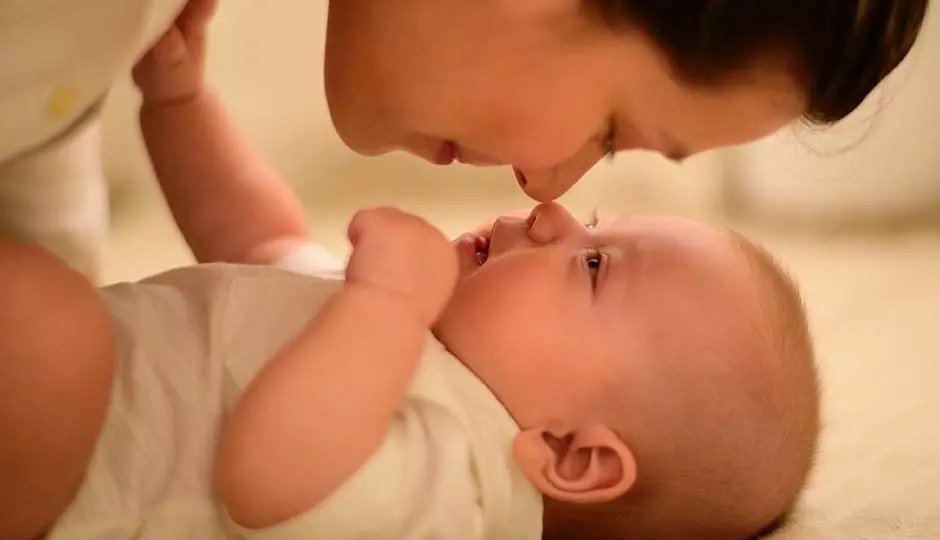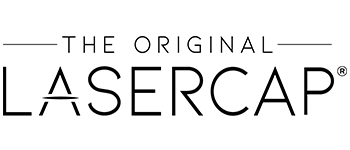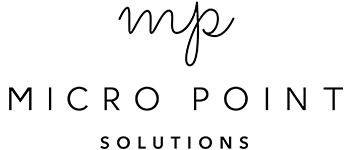Postpartum hair loss is a condition that affects about half of all women in the months following childbirth. While many women notice that their hair is thicker and fuller while pregnant, this is usually temporary. As your body and hormones readjust after giving birth, your thick, luscious pregnancy hair is often followed by a period of increased hair shedding.
What Is Postpartum Hair Loss?
Postpartum hair loss, or excessive hair shedding, is a hair loss condition known medically as telogen effluvium. The condition occurs when more hair than usual enters the telogen, or resting, phase of the hair growth cycle.
Your hair has finished growing during the telogen phase, and blood flow and nutrients are cut off. As the phase ends, your hair enters the exogen or shedding phase, when individual hair strands are released from their follicles and fall out as new hair begins to grow.
The telogen stage of the hair growth cycle usually lasts about three to five months, with about 10% of your hair in this stage at any time. After that, normal hair shedding occurs as these hairs are replaced by new growth and fall out. It is normal to shed about 100 to 150 hairs each day, which accounts for the hair we find on our clothes, in our brush or comb, and the drain when we wash our hair.
However, telogen effluvium can cause 20% or more of your hair to enter the resting phase at the same time. Several months after these hairs enter the resting stage, they begin to shed, causing you to lose twice as many or more hairs each day, leading to thinning hair. As a result, most women start to experience postpartum hair loss around three to four months after giving birth.
What Causes Postpartum Hair Loss?
Hormonal changes during and after pregnancy have a dramatic effect on hair growth. Estrogen is one of the leading hormones that affect hair growth, and production increases significantly during pregnancy. The increase in estrogen triggers the hair follicles to enter the growing phase of the hair growth cycle and remain there, slowing the shedding process.
After childbirth, your hormone levels return to their normal ranges, and as estrogen levels drop, hair follicles that were in an extended growth phase enter the resting phase. As a result, several months after childbirth, hair that would have fallen out naturally if you had not been pregnant begins to shed. In addition to hormonal changes in the postpartum period, stress and diet also influence hair growth and play a significant role in postpartum hair loss.
Fortunately, postpartum hair loss is a temporary condition. Generally, postpartum hair loss won't cause baldness or permanent hair loss, and as your body adjusts in the months following childbirth, your hair growth cycle will return to normal. This type of excessive hair shedding usually stops within 4–6 months after delivery, and most women find that by their child's first birthday, their hair has returned to its natural fullness.
What You Can Do About Postpartum Hair Loss
While postpartum hair loss is a temporary condition that eventually corrects itself, for many women, excessive hair shedding is a source of stress and anxiety, which contributes to their hair loss. At Mane Image, we understand hair loss and the effects it can have on you. Our team of specialists can help you create a plan to ensure that your hair has the best possible environment to promote healthy hair growth. To learn more about postpartum hair loss and what you can do about it, contact us today and schedule your FREE initial consultation.











